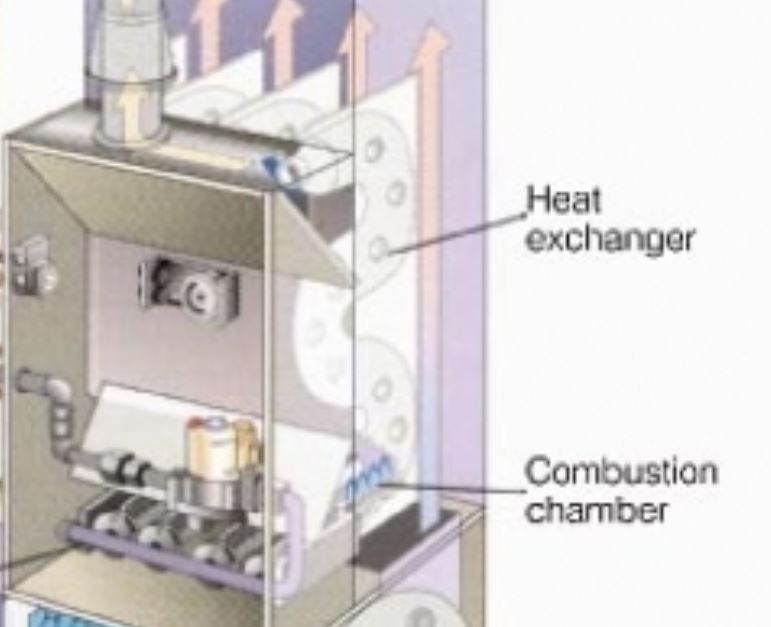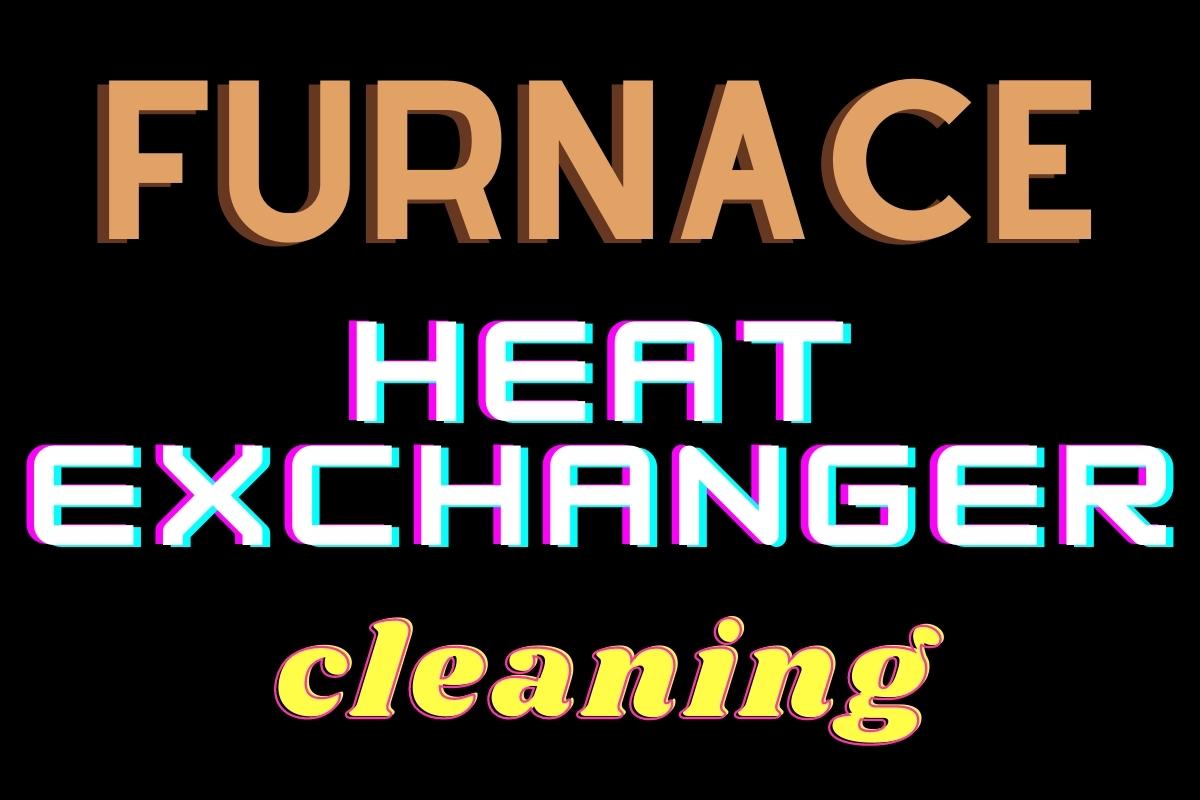Over time, dust, dirt, and other debris can accumulate on the heat exchanger of a gas furnace, reducing its efficiency and potentially leading to costly repairs. Regular cleaning of the heat exchanger is crucial to maintain optimal furnace performance and extend its lifespan. In this comprehensive guide, we’ll provide step-by-step instructions and expert tips on how to clean a gas furnace heat exchanger safely and effectively.

Image: www.outdoorwoodfurnaceboiler.com
Importance of Heat Exchanger Maintenance
The heat exchanger is a vital component of a gas furnace that transfers heat from the burners to the air circulated throughout the home. When the heat exchanger becomes dirty, it can impede heat transfer, resulting in reduced efficiency and higher energy costs. Moreover, excessive dirt buildup can cause the furnace to overheat and trigger safety shutdowns, disrupting heating operations and potentially posing a fire hazard.
Step-by-Step Cleaning Guide
- Safety Precautions: Before starting any cleaning work, ensure the furnace is turned off, the power is disconnected, and the gas supply is shut off. Allow the furnace to cool completely before proceeding.
- Access the Heat Exchanger: Remove the furnace access panels or cover to expose the heat exchanger. Usually, there are panels on the front or sides of the furnace that can be removed with a screwdriver or wrench.
- Inspect the Heat Exchanger: Examine the heat exchanger for any visible dirt or debris. Use a flashlight to check for buildup in hard-to-reach areas.
- Remove Loose Debris: Using a vacuum cleaner with a soft brush attachment, gently remove loose dust and debris from the surface of the heat exchanger. Avoid using abrasive brushes that may damage the heat exchanger.
- Use a Commercial Heat Exchanger Cleaner: Apply a non-acidic commercial heat exchanger cleaner to the heat exchanger following the manufacturer’s instructions. These cleaners are specifically designed to dissolve and remove stubborn dirt and soot.
- Soak and Rinse: Allow the cleaner to dwell on the heat exchanger for the recommended time, then use a garden hose to thoroughly rinse the cleaner away. Avoid using high water pressure that may dislodge the fins on the heat exchanger.
- Dry the Heat Exchanger: Use a clean cloth or air compressor to dry the heat exchanger completely before reassembling the furnace.
- Reassemble the Furnace: Carefully reattach the access panels or cover and restore power and gas supply to the furnace.
- Test the Furnace: Turn on the furnace and check its operation to ensure it is heating properly. Monitor the furnace for any unusual noises or signs of malfunction.
Tips for Effective Heat Exchanger Cleaning
- Clean the heat exchanger annually, or more frequently in dusty environments, to prevent excessive dirt buildup.
- Use gloves and safety glasses when handling cleaning chemicals.
- Never use abrasive cleaners or scrapers on the heat exchanger, as they can damage its surface.
- If you encounter heavy buildup or stubborn stains, consult a qualified HVAC technician for professional cleaning.
- Change the furnace filter regularly to prevent dirt from accumulating in the furnace and on the heat exchanger.

Image: proaireq.com
Frequently Asked Questions
- How often should I clean the heat exchanger of my gas furnace?
- At least once a year, or more frequently in dusty environments.
- What type of cleaner should I use to clean the heat exchanger?
- Use a non-acidic commercial heat exchanger cleaner specifically designed for the purpose.
- Can I use a pressure washer to clean the heat exchanger?
- No, avoid using high water pressure on the heat exchanger to prevent damage.
- What are the signs of a dirty or clogged heat exchanger?
- Reduced heating efficiency, higher energy costs, overheating, and safety shutdowns.
- Can I clean the heat exchanger if I have little experience with HVAC systems?
- While the cleaning process is generally straightforward, if you’re not comfortable working on your furnace, consider hiring a qualified HVAC technician.
How To Clean Heat Exchanger On Gas Furnace
Conclusion
Regular cleaning of the gas furnace heat exchanger is an essential task for maintaining optimal heating performance and safety. By following the steps outlined in this guide and adhering to the tips provided, you can effectively clean your heat exchanger and extend the lifespan of your furnace. If you have any further questions or concerns, consult the manufacturer’s instructions or contact a qualified HVAC professional for assistance. We encourage you to continue exploring resources and engaging with experts to enhance your knowledge about the topic and promote the well-being of your home heating system.